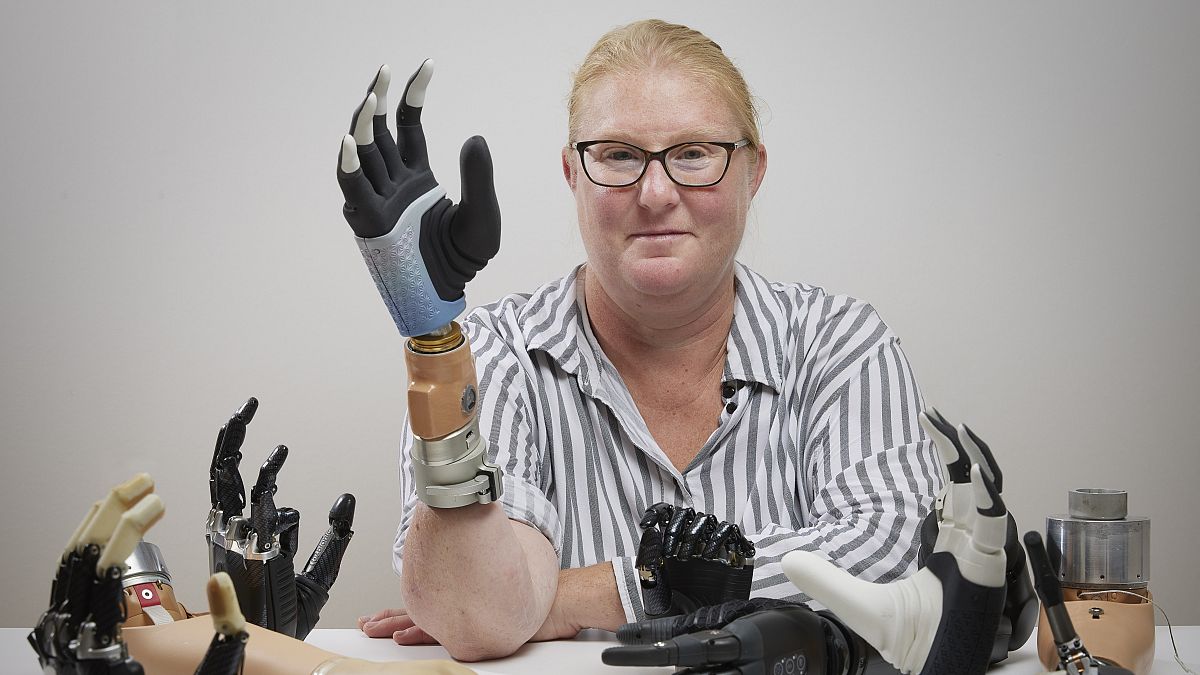74% Accuracy Brain‑Computer Chip Deciphers Human Thoughts

Innovative Technology Promises Enhanced Communication for the Speech‑Impaired
According to scientists, this breakthrough could soon provide a new way for people who struggle to speak to convey their thoughts with greater ease.
- Facilitates faster and clearer message transmission
- Reduces frustration for users with verbal limitations
- May complement existing assistive devices
Innovative Brain Implant Translates Silent Thought into Text
Scientists at Stanford University have demonstrated a breakthrough in decoding spoken language solely through brain activity. The experimental brain‑computer interface (BCI) decoded the inner speech of four volunteers with an accuracy of up to 74 %, marking a significant step toward aiding people who cannot vocalise.
How Brain‑Computer Interfaces Work
BCIs forge a link between the nervous system and external devices, enabling users to command computers, control prosthetic limbs, or interact with digital environments using only thoughts. This technology is especially promising for individuals with physical or speech impairments.
Key Highlights of the Study
- Microelectrodes were implanted in the motor cortex, the brain region involved in speech production.
- Participants were asked to either attempt to speak aloud or imagine speaking a series of words.
- Both tasks activated overlapping neural patterns, allowing the team to train AI models to recognise thought‑generated sentences.
- The system achieved a 74 % success rate in translating imagined speech to text during demonstrations.
- In a secondary test, a password (“Chitty chitty bang bang”) was employed. The BCI recognised the secret phrase with roughly 99 % accuracy.
Implications for Communication
“This is the first time we’ve captured brain activity associated purely with imagined speech,” said Erin Kunz, a senior author. Enhanced models could eventually enable fluent, natural communication for those who cannot speak, according to researchers.
Future Outlook
Frank Willett, assistant professor of neurosurgery, noted that BCIs might also be configured to disregard inner speech when desired. He added, “This research offers genuine hope that speech BCIs will someday provide a communication experience that feels as seamless and comfortable as normal conversation.”
While the current system requires stringent safeguards before reading internal speech, ongoing advances hold promise for more robust, user‑controlled neural translation technology.





